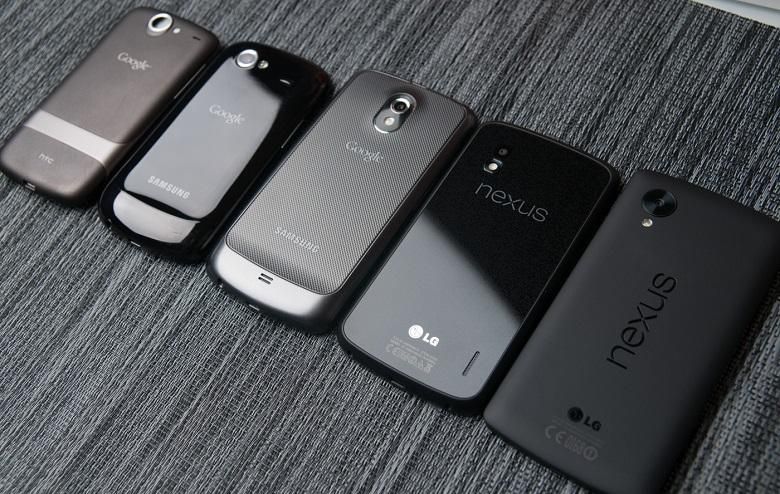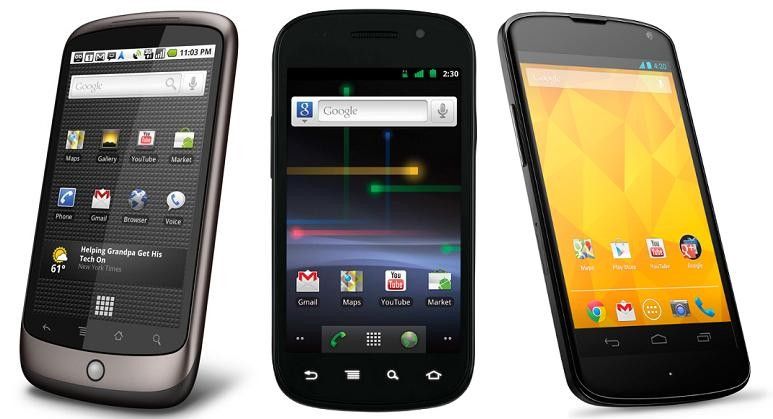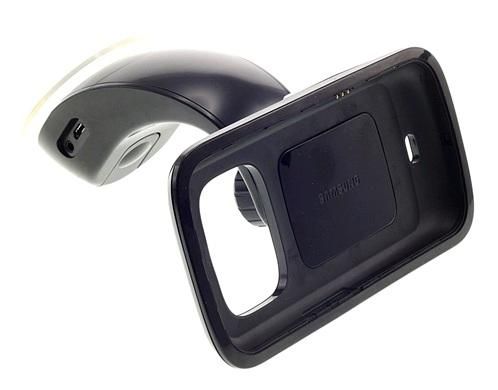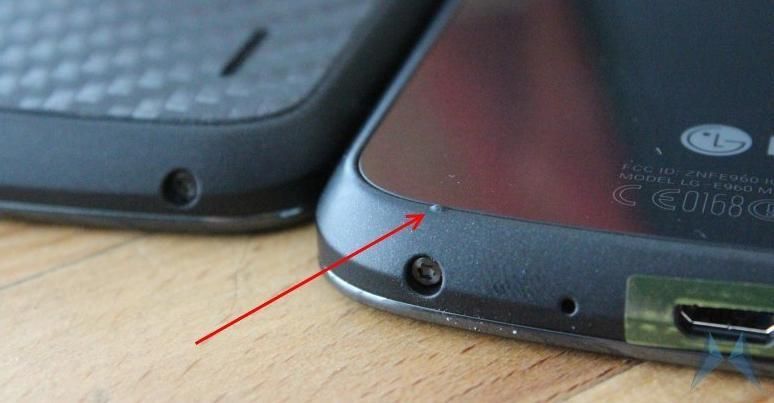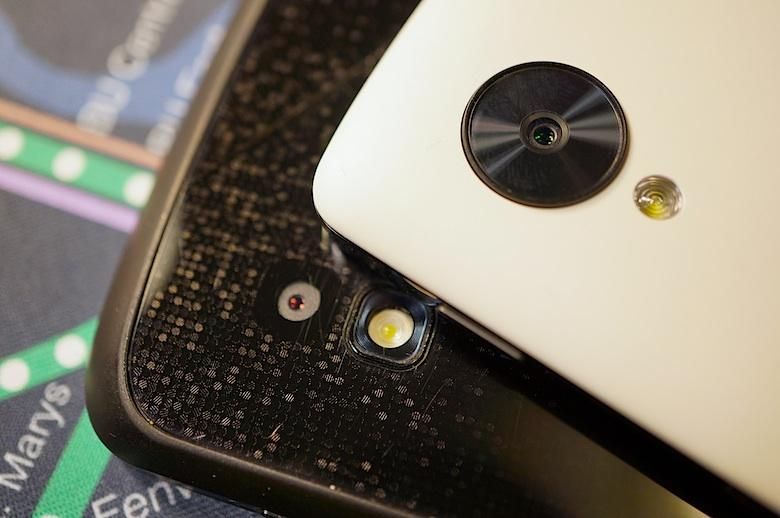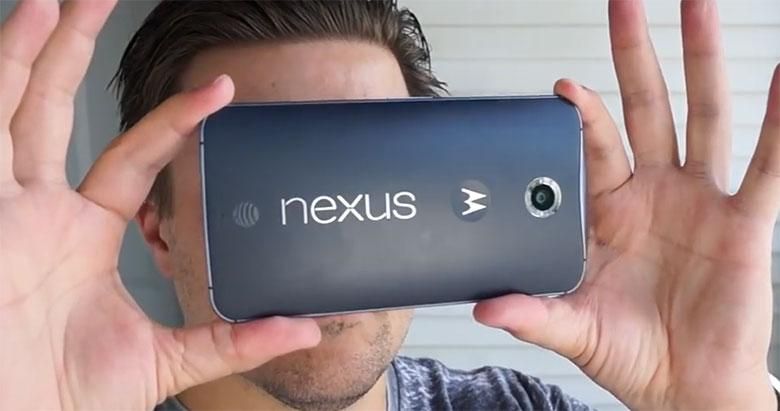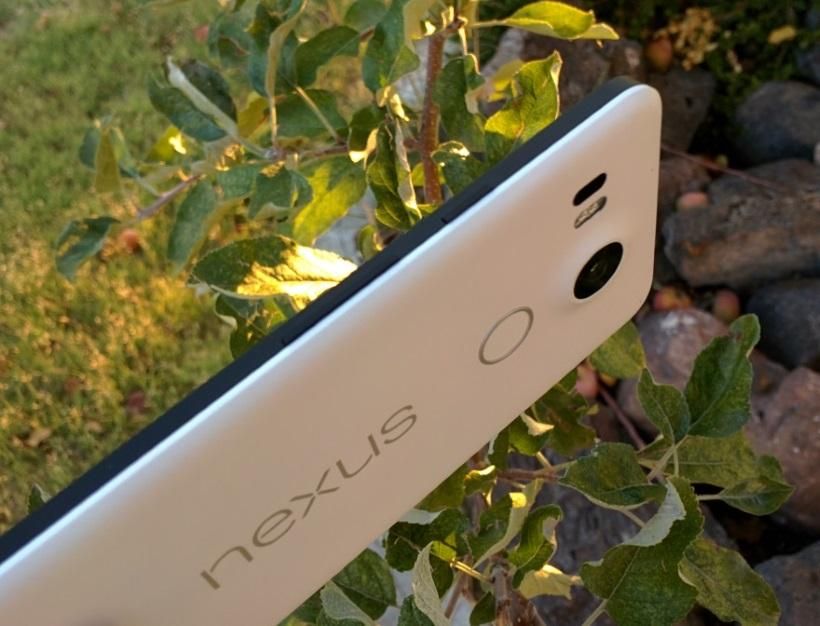In 1968, novelist Philip K. Dick asked Do Androids Dream of Electric Sheep? In his book (which was the inspiration for Blade Runner), after war had devastated Earth, a bounty hunter was tasked with “retiring” six escaped Nexus-6 model androids – the latest and most advanced model ever. That got us wondering: what’s the best Nexus smartphone of all time?
For years, Google had denied any intention to make a “Google Phone”, reiterating its support of the Android OS and the Open Handset Alliance – a consortium of companies devoted to advancing open standards for mobile devices. The first commercially available phone running Android was the T-Mobile G1 built by HTC. A few years later, in 2010, Google launched the Nexus brand – releasing its first phone running the Android operating system – but sticking to the line that it wasn’t the “Google Phone” since it was built by someone else. Though many considered that to be splitting hairs, Google had definitely entered the smartphone game.
Nexus One
The Nexus One was built by HTC. It ran Android 2.1 Eclair when it was released, but got updates to Android 2.2 Froyo and Android 2.3 Gingerbread. It’s also had a microSD card slot (something we miss terribly). Unlike the G1 before it, the Nexus One didn’t have a physical keyboard. It had a rollerball which got gunked up occasionally, but was a pleasure to absentmindedly fiddle with.
For the day, the Nexus One was perfect. It had style, functionality, and was a really nice phone to use. Alas, its limited amount of RAM and onboard storage (512MB each), coupled with a video processor that didn’t offer much future-proofing, meant the Nexus One’s days were prematurely numbered.
Nexus S
Samsung was making great phones under the “Galaxy S” label, which were flying off the shelves. Google and Samsung teamed up to make the successor to Google’s first Nexus phone: the Nexus S.
It was horrible.
Its polycarbonate back was a slippery mess. Performance was anything but good. It was chunky and underpowered. Even back then, I was a “Nexus guy” – but this is one phone that, despite the cool-factor of its curved screen – I absolutely avoided.
Can we pretend this one didn’t exist and just move on to the next one?
Galaxy Nexus
Samsung’s next foray into the Nexus field came as its Galaxy phones were gaining even more popularity. The Galaxy Nexus continued the trend of a curved screen (it was really only the glass that was “curved”), and not only offered a removable battery but an OEM upgrade to a larger capacity battery. Sure, that added a little bulk, but it was well worth it.
This time around, instead of being restricted to GSM carriers, Google and Verizon got in bed together. If you wanted a Galaxy Nexus on Verizon you had to get a different model. The dimensions were a bit different than the GSM model which made accessories (like the weird car dock) incompatible. Nonetheless, this phone proved to be durable and lasted quite a while in the hands of my kids – one even survived a 50-foot drop off a ride at the local amusement park, dinged and dented, but without a shattered screen and still functional.
Nexus 4
LG was the partner Google picked for its next Nexus: the Nexus 4.
Apple had just learned (the hard way) that placing a slab of glass on the front and back of a phone was a bad idea, but that didn’t stop Google and LG from making the same mistake. So slippery was that combination that the Nexus 4 is the only smartphone that I’ve had the misfortune of dropping/shattering. Thankfully LG fixed it up for me for just US$164.
Instead of a curved screen that was designed to “hug the face”, like the two phones before it, the Nexus 4 featured curved edges on the left and right. Combined with the oleophobic coating, the screen was very slick. An update to the design placed two “nubs” on the back of the phone to help keep it from “walking” off desks.
The Nexus 4 was the first in the Nexus family to support Qi wireless charging. Both of my teenagers still use these as their daily drivers.
Nexus 5
By this time, a consensus among Nexus users was developing: every other year Google released a good smartphone. The others could be skipped.
The Nexus 5 was a good one. Like the 4 before it, the 5 also support Qi wireless charging. The Snapdragon 800 SoC driving the phone was a powerhouse! The general opinion of the Nexus 5 was that it was a great buy – especially for the asking price of an unlocked flagship phone!
“It’s the best value you’ll find in an Android smartphone, but there’s more to the Nexus 5 than a cheap price tag.” – Michael Fisher
This is the phone that my wife still uses as her daily driver. As I’ve been writing articles and shooting video comparing the Nexus 5 to the Nexus 5X, she’s had to relinquish her phone for days on end. Being the caring husband I am, on those days I swapped out her Nexus 5 out with newer phones with faster processors. At the end of each day she’s been eager to get the Nexus 5 back – which speaks very highly of the Nexus 5.
Another interesting point was that the Nexus 5 worked with GSM networks and with Sprint’s CDMA network. Though some argued that it was technically capable of working on Verizon’s network, Verizon never certified it – essentially making it “incompatible” on that network.
Up until this point, the Nexus 5 was not only my favorite Nexus, it was my favorite phone – by far.
Nexus 6
The Nexus 6 was released in an “off year”, and many expected that it would be a flop – just like the other “off year” Nexus phones before it.
However, unlike previous years, this wasn’t a phone, it was a phablet – and it was priced as such. The Nexus 5 sold for under US$350, the Nexus 6 was $300 more!
Google had teamed up with Motorola to make a “bigger” version of the popular Moto X. The 6 featured dual front-firing speakers that “rivals HTC’s BoomSound”. Battery life wasn’t all that great. It was big, bulky, and somewhat slippery. For some reason Google tweaked with the display density, cranking it up from the native 493 ppi of the panel to 560. This lead some to call the Nexus 6 the “large print edition Nexus”. Google really didn’t do anything to take advantage of all that screen real estate – which was a shame.
This time around Google managed to secure compatibility with all four of the major carriers in the US of A – including Sprint and Verizon.
Despite being a phablet and the risk an “off year” Nexus brought, I purchased the Nexus 6 with my own funds, and was able to put my Nexus 7 and Nexus 9 on the shelf. The Nexus 6 was small enough to be a phone, but big enough to replace my tablets. Though not as pocketable, and despite the fact that I’d made fun of phablet users in the past, the Nexus 6 took the slot of my favorite Nexus to-date.
Nexus 5X
Welcome to 2015!
It seems as though Google learned its lesson about phablets (and their limited popularity) with the original Nexus 6. This year Google released a phablet and a phone – and they’re both running 64-bit processors. I’ve had the opportunity to use the former for a week or so now. It’s bigger than the original Nexus 5, but smaller than the original Nexus 6.
My first impressions blew me away. The 5X was quick! Despite my reservations, I really liked the convenience of Nexus Imprint.
However, over time hiccups and limitations have cropped up. Don’t get me wrong, the phone is great, it’s still my current daily driver – but the Nexus 5X doesn’t make my “favorite Nexus” list.
Nexus 6P
Here’s the hole. My Nexus 6P hasn’t arrived yet – though it should sometime within the next two weeks.
The 6P is the first Nexus built by Huawei. It’s decidedly a phablet, like the Nexus 6 before it.
Will it be able to win the title of the “best Nexus of all time”, or will it fall short like the 5X before it? Stay tuned.

